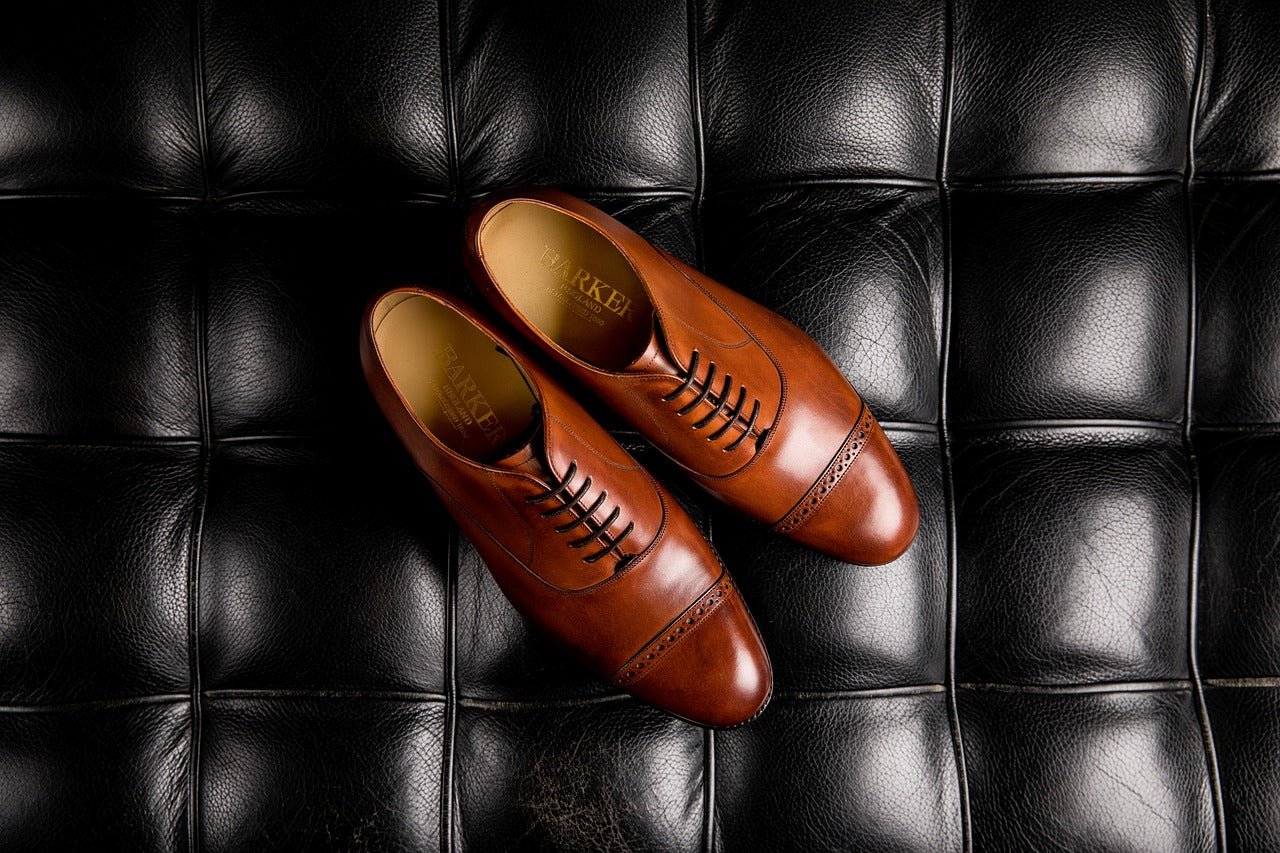Leather shoes are an investment in both style and durability. However, everyday wear can lead to dirt buildup and unsightly scuff marks, diminishing their pristine look. Whether it’s a casual outing, a business meeting, or a formal event, well-maintained leather shoes enhance confidence and create a polished appearance. Proper care extends the lifespan of leather shoes, preserving their quality and appeal. Knowing how to effectively remove dirt and scuff marks ensures that leather footwear remains in excellent condition for years.
Understanding Leather and Scuff Marks
Leather is a natural material that, while durable, is prone to scuffing due to friction, moisture, and dirt exposure. Different types of leather react differently to wear and tear:
-
Full-grain leather: Highly durable but still susceptible to surface scuffs.
-
Top-grain leather: Slightly more processed and resistant to minor abrasions.
-
Patent leather: Coated for a glossy finish but prone to visible scuff marks.
-
Suede and nubuck: Extremely delicate and easily marked.
Understanding the leather type helps in selecting the most effective cleaning method, ensuring scuffs are treated without causing further damage.
Preparatory Steps
Before attempting scuff removal, it is crucial to clean the shoes properly:
-
Remove loose dirt: Use a soft brush or dry cloth to wipe off surface dust and debris.
-
Assess the scuff marks: Determine whether the scuffs are light (surface-level) or deep (penetrating the leather).
-
Test cleaning methods: Always test on an inconspicuous area before applying any solution to avoid discoloration or damage.
Materials Needed
Cleaning scuff marks from leather shoes requires everyday household items and specialized products, including:
-
Baking soda
-
White vinegar
-
Rubbing alcohol
-
Toothpaste
-
Pencil eraser
-
Magic Eraser
-
Leather conditioner
-
Mink oil or specialized leather treatment
Methods to Remove Scuff Marks
Mild Cleaning Solutions
Using a Damp Cloth for Surface Scuffs
For minor scuff marks, a damp microfiber cloth works well:
-
Moisten a soft cloth with lukewarm water.
-
Gently rub the scuff mark in circular motions.
-
Allow the shoes to air dry completely before conditioning.
Benefits: Regular cleaning with water helps maintain the leather’s suppleness and prevents deep-set stains.
Household Remedies
Baking Soda Paste Application
Baking soda is a mild abrasive that can lift scuff marks effectively:
-
Mix one tablespoon of baking soda with a few drops of water to form a paste.
-
Apply the paste to the scuff using a soft cloth.
-
Rub in gentle circular motions and wipe away with a damp cloth.
Using Toothpaste for Gentle Scuff Removal
Non-gel toothpaste provides mild abrasion to buff out scuffs:
-
Apply a small amount of toothpaste to a microfiber cloth.
-
Rub gently over the scuff in circular motions.
-
Wipe away residue with a clean, damp cloth and dry the area.
The Effectiveness of Rubbing Alcohol on Tougher Scuffs
Rubbing alcohol can break down tougher scuff marks without harming leather:
-
Dampen a cotton ball with rubbing alcohol.
-
Gently rub the scuff, avoiding excessive pressure.
-
Wipe the area clean and condition the leather afterward.
White Vinegar for Stain and Scuff Removal
White vinegar is a natural cleaner that works well on leather:
-
Mix equal parts white vinegar and water.
-
Dampen a soft cloth and rub the scuffed area.
-
Wipe clean and allow to dry before conditioning.
Mechanical Methods
Employing a Pencil Eraser for Minor Mark Lifting
A plain white pencil eraser can lift surface scuffs effectively:
-
Gently rub the eraser over the scuff.
-
Wipe off residue with a soft cloth.
Detailed Guide on Using Magic Erasers on Rubber Parts
Magic Erasers work well for scuffs on rubber soles but should be used cautiously on leather:
-
Slightly dampen the Magic Eraser.
-
Lightly rub the scuff on the rubber sole.
-
Avoid excessive scrubbing on leather areas.
Conditioning After Cleaning
Leather conditioning restores moisture and prevents cracks:
-
Apply a small amount of leather conditioner or mink oil.
-
Rub it into the leather using a soft cloth.
-
Allow it to absorb before buffing with a dry cloth.
Recommended Products: High-quality leather conditioners help maintain the integrity of leather shoes, preventing dryness and future scuffing.
Professional Care Tips
While home remedies are effective, professional services can handle severe scuffs and deep scratches:
-
When to Seek Professional Help: If home treatments fail or the scuff penetrates deep into the leather.
-
Services Offered by Shoe Repair Specialists: Deep conditioning, re-dyeing, and structural repairs.
Advanced Techniques
Polishing with Color-Matched Shoe Polish to Cover Persistent Scuffs
-
Select a shoe polish that closely matches the shoe color.
-
Apply a thin layer over the scuffed area using a soft cloth.
-
Buff with a shoe brush for a polished finish.
Tips for Using Shoe Polish to Enhance Protection and Aesthetics
-
Apply polish in circular motions for even coverage.
-
Use a shoe brush to blend the polish seamlessly.
Preventative Measures
Daily Care Tips to Prevent Scuffs
-
Store shoes in a dust-free area.
-
Use shoe trees to maintain shape and prevent creasing.
-
Rotate footwear to minimize wear.
The Role of Regular Polishing and Storage Practices
Regular polishing not only enhances appearance but also adds a protective layer against scuffs and dirt accumulation.
Leather shoe care is essential for maintaining durability and a polished look. Regular cleaning, proper conditioning, and occasional polishing keep scuff marks at bay. Investing time in shoe maintenance ensures they stay in top condition for years. For long-term care, high-quality leather treatment products, such as those available from Pecard Leather Care, provide enhanced protection and restoration, ensuring longevity and superior leather preservation.
FAQs
How often should leather shoes be conditioned?
Leather shoes should be conditioned every two to three months to maintain their suppleness and prevent cracks.
Can scuff marks be removed from any leather color?
Yes, but dark-colored leather shoes may require color-matched polish to blend scuffs seamlessly.
What are the risks of using home remedies on leather?
Some remedies, like vinegar and rubbing alcohol, can dry out leather if overused. Always follow with conditioning.
Is it better to remove scuffs from dry or wet shoes?
It’s best to remove scuffs from dry shoes to prevent spreading dirt and avoid damaging the leather. For superior protection and restoration, premium leather care solutions, such as those offered by Pecard Leather Care, help maintain the integrity of the material and extend its lifespan. Products designed specifically for leather conditioning and scuff prevention ensure lasting durability and a polished look.
How can scuffs on leather shoes be prevented?
Regular cleaning, conditioning, and careful storage help prevent scuffs. Using high-quality leather protection products enhances durability.






